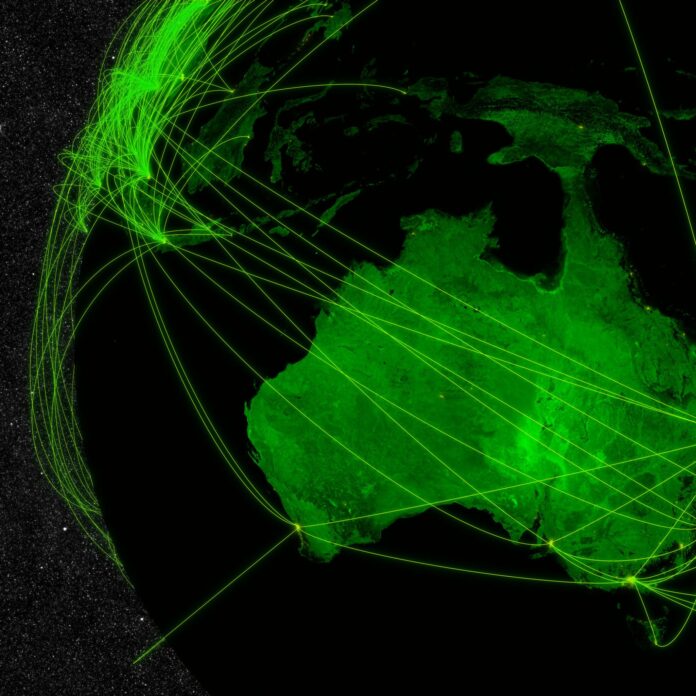The alliance includes internet of things players, corporations and government
An alliance of internet of things (IoT) industry players, corporations and government, has officially launched Hypercat Australia as a technology standard to support the development of smart cities.
Hypercat is a U.K.-developed alliance and standard that enables free communication from any connected IoT sensor or device being used to monitor an environment. The Anglo-Australian collaboration aims to establish Hypercat as a global standard.
“The Commonwealth is exploring relationships with different jurisdictions to build smart cities that improve our lives. Hypercat Australia is one such partnership which will allow a platform to facilitate cutting edge technology solutions to be applied to urban problems. This will be the focus of our recently announced Smart Cities and Suburbs Program,” Australia’s Assistant Minister for Cities and Digital Transformation, Angus Taylor, said.
“Hypercat was established in the U.K. three years ago with government support to enable Britain to take a lead on smart city investments. We are very pleased to help build on the success of Hypercat by supporting its launch in Australia as an Anglo-Australian collaboration in smart cities and IoT,” British Consul General, Nick McInnes, said.
Hypercat Australia is being established as an independent, non-profit organization and will be administered by the Knowledge Economy Institute.
Sales of smart light bulbs in Western Europe to reach 8.8 million units by 2020
In related news, annual sales of smart light bulbs in Western Europe is forecasted to reach 8.8 million units by 2020, according to a recent study by Park Associates.
The consultancy said that the market will grow at a CAGR of 20% during the 2016-2020 period.
The study also revealed that annual sales of smart light bulbs in North America will grow from 9 million units this year to 19.1 million units by 2020.
North American annual sales of smart plug/adapter modules are forecast to increase from 2.9 million units in 2016 to 5.3 million units by 2020, while sales of smart plug/adapter modules in Western Europe during the same period will increase from 1.3 million to 2.4 million.
“Adoption of smart lighting devices and systems is growing due to the convenience of self-installable devices that can be standalone products, part of self-installed home control systems, or self-installed add-ons to professionally installed interactive security systems,” Park Associates’ research analyst Brad Russell, said.

